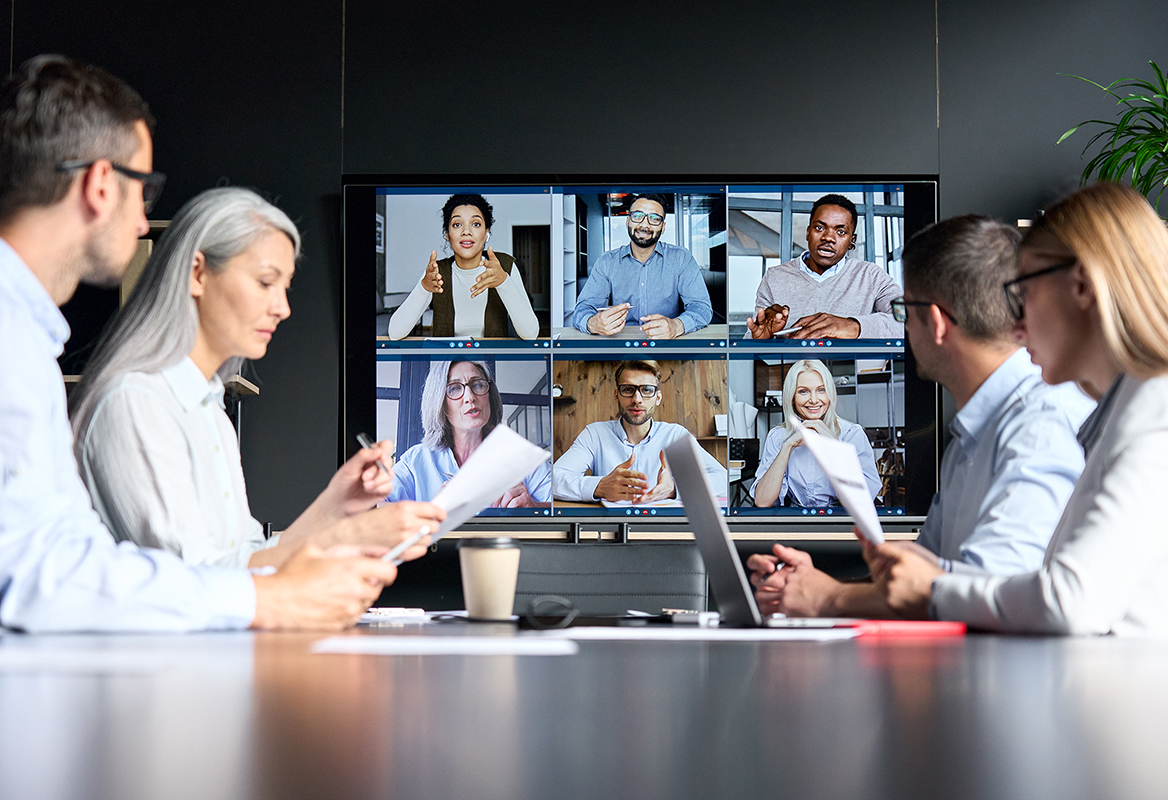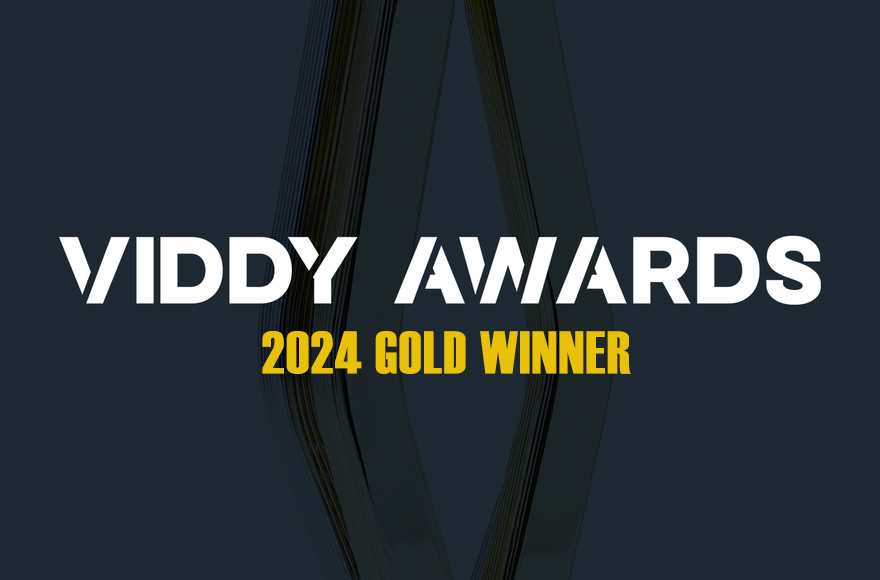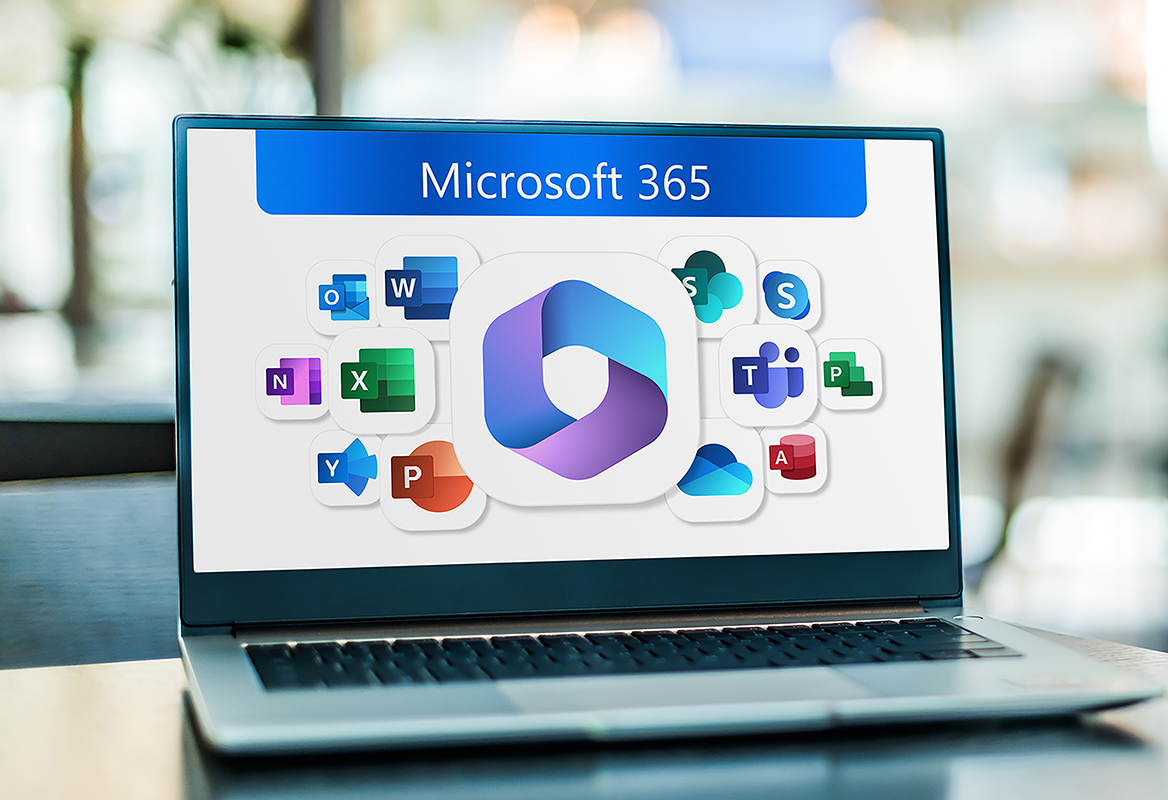The modern workplace is forever changing due to the advances in technology, and the increase in flexible working practices, however, teamwork is still a vital part of the workplace and there are multiple collaboration tools that help support this to make operation simple, and easier.
Thanks to technology continuously advancing, and partly due to the impact of covid, the workplace can now be wherever you choose it to be, whether that be from a hot desk in an office, a shared office meeting room, in the comfort of your own home, or even a coffee shop. With the new and advanced collaboration solutions, organisations are now able to fully embrace hybrid working.
With the way we work normalising for most, many organisations have adopted a hybrid way of working, so it looks like remote working is here to stay, but what impact has this had on collaboration tools?
Nearly 80% of workers were using collaboration tools for work in 2021, up from just over half of workers in 2019, according to a survey conducted by Gartner, which is an increase of 44% since the pandemic.
There has certainly been a lot of advancements over the past 2 years, with a huge focus on improving digital collaboration and aiding the new remote or hybrid workforce.
What is digital collaboration?
Digital collaborations are tools and systems that are put in place to improve group collaboration in the workplace, this can include anything from tools, apps, procedures, software, and processes. Digital collaboration is now a crucial part of any team collaboration, in fact, the tools are essential in the process of daily communication between peers, and clients, information sharing and project/task management.
Using collaboration tools come with many benefits, to list a few:
- Increased flexibility – Having the ability to work from anywhere, whether that be remotely or in the office, if they have internet access.
- Increased productivity – Having effective digital collaboration tools will improve the work rate as it makes tasks easier to complete at a more efficient pace.
- Improve communication – Utilising a collaboration tool makes people more connected than ever, which is useful for those remote working, which is becoming increasingly common in the hybrid working world.
- Easily keep track of changes – There are tools that have features that allow multiple team members to work on documents, keeping track of who made changes, when they were made and comments to be made on the document.
- Less use of email – We no longer must rely on emails being the main method of communication between colleagues and clients, tools like Microsoft Teams allow communication to be made internally and externally.
The benefits are endless, but what are some examples of the digital collaboration tools we see today?
Video Conferencing Tools – Teams & Zoom
Video conferencing tools became extremely popular over the pandemic, being one of the main forms of communication with friends, family and at work for meetings etc. Microsoft Teams and Zoom are two of the most popular video conferencing solutions available today, with most businesses using 1, if not 2 video conferencing platforms. Microsoft Teams is excellent for internal collaboration, whereas Zoom is often the preferred tool for working externally with clients.
In 2020, Microsoft reportedly added 95 million users, it was one of the fastest growing apps of the pandemic and it is estimated that more than 500,000 organisations use Microsoft Teams as their default messaging platform.
Interactive Screens & Whiteboards
Today’s hybrid teams need to be able to collaborate now more than ever. With video conferencing now is the typical way to meet and collaborate, having interactive and feature-rich digital displays and collaboration tools has become imperative.
Microsoft, as you would expect, have been leading the way with their Microsoft Surface hub, which not only offers sleek, easy to use, video conferencing facilities but it also integrates with Microsoft products such as Teams, the entire Office suite and more, giving its users direct access to Microsoft apps and collaboration tools, such as the interactive collaborative whiteboarding functionality. Whether in the office or working remotely, teams can come together from anywhere to collaborate seamlessly.
Google Jamboards has also become a popular collaboration solution, most commonly being used in schools and educational institutions, the Google Jamboard is a digital whiteboard that allows up to 50 users to collaborate in real-time, using either the Jamboard device, a web browser or mobile app.
Optoma’s interactive flat panel displays have proven to be a popular addition to business and educational facilities alike, providing premium immersive technology designed for meeting rooms, auditoriums, reception areas and break out spaces. Optoma’s collaboration functionality includes screen sharing from mobile devices and wireless sharing apps, for bring your own device (BYOD) collaboration, along with a collaborative interactive whiteboard, where users can simultaneously write, annotate, and share files.
Most recently in the video conferencing market, there has been some game-changing innovation from Norwegian video device company Neat. Launching, pre-pandemic in October 2019, Neat has bridged the gap between in-room and remote participants, with its dynamic, motion sensor camera functionality. The Neat Board cited as “the complete meeting room package”, is an all-in-one device, with a 65-inch multi-touch screen, powerful audio system and versatile wide-angle camera. The camera will recognise and capture the faces of the people in the room, splitting the screen to show a closer, clearer image of the participants to those that are remotely dialled in. This feature offers a more personable and enhanced collaboration experience.
Neat video conferencing solutions have historically only been compatible, or easily used with Zoom, with Zoom reported to have previously heavily invested in their development, however as of 22nd March 2022, Neat has confirmed that their Neat Board, Neat Bar and Neat Pad are all certified for Microsoft Teams, allowing them to natively run Teams and Microsoft Teams Rooms for Android.
Whilst the Neat displays do not offer the in-depth app functionality of the Microsoft Surface Hubs, the video conferencing facilities and dynamic face-framing camera functionality is certainly something that will enhance the overall collaboration experience for users who just require video conferencing and basic collaboration tools. Coming in at a much lower investment point than that of a Surface hub, we expect to see Neat, now with the introduction of its Teams certification, to be a popular and widely used addition to the corporate meeting room.
Smart Office/Meeting Room Set Up
Smart meeting rooms not only provide office-based workers with video conferencing tools that make digital collaboration easy, but they also help to create a successful and productive meeting experience for both onsite and remote attendees. Whilst the audio-visual solutions form a large part of the smart meeting room experience, there are other complementary technologies that can facilitate and enhance the meeting and collaboration experience. Today’s smart meeting room consists not only of a “smart screen” but will also have additional audio inputs and outputs (both wired and wireless), Bluetooth keyboards and smart connectivity and content sharing capability via such tools as the Barco ClickShare.
The configuration options are vast, so it is vitally important that you define your requirements carefully and then “right-size” your requirements to ensure that your VC or collaboration platform is designed, deployed and supported to meet your needs.
If you want to learn more about digital collaboration and the tools available, or would like to speak to an SME to discuss your collaboration requirements, please get in contact with Krome today by calling us on 01932 232345.
Want to know more?
Contact us today to explore how our tailored solutions can align with your business priorities.
Join our Krome community



